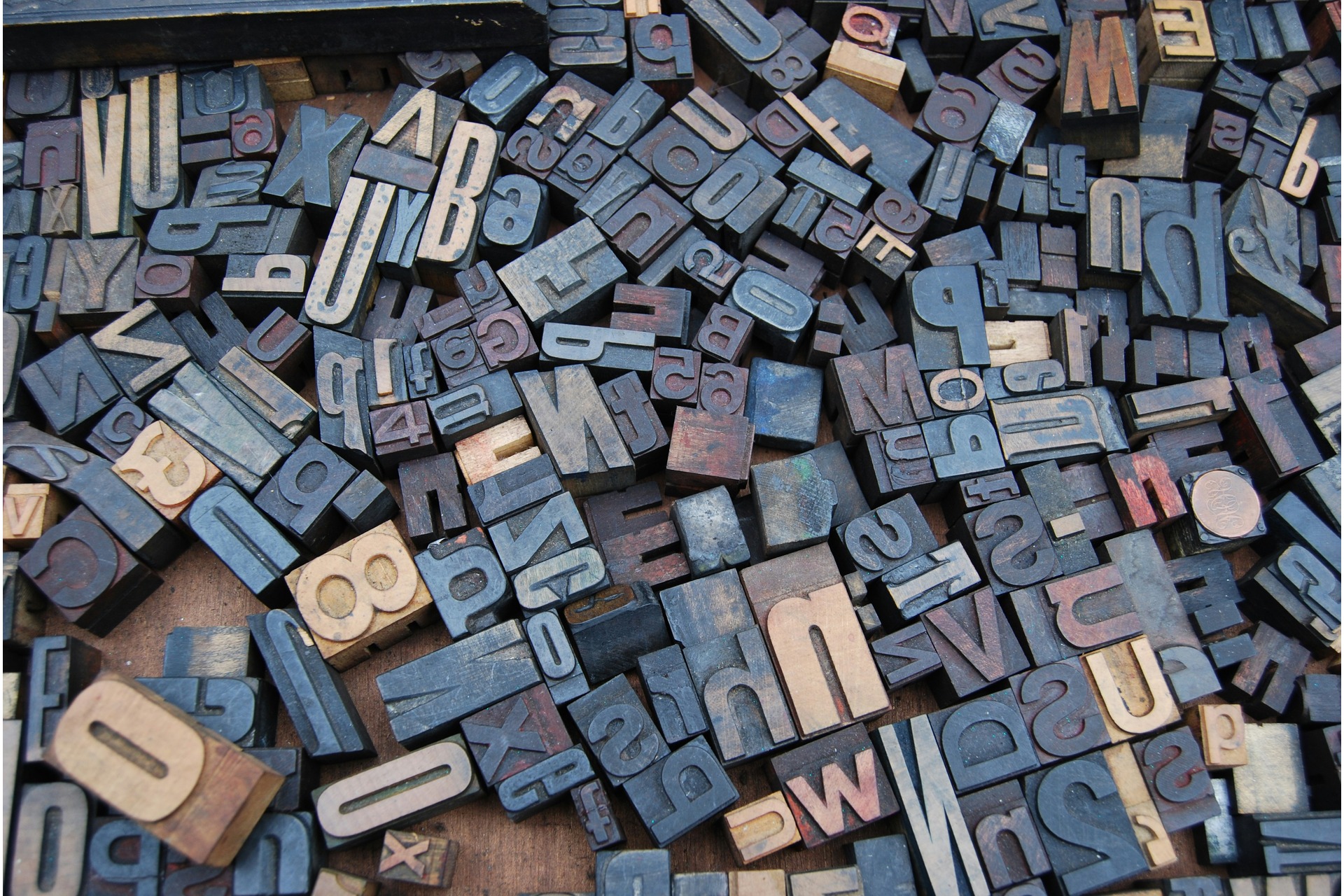
Designing a logo might sound like an easy assignment, but there are many factors that go into creating a logo that stands the test of time and creates strong branding. Logo designers create a logo that is likely to be shared across all platforms. Think about all of the places where a business has a presence.
In fact, 90 percent of consumers expect that a brand will create a similar experience for them no matter how the message is delivered. Understanding that reinforces the fact that the logo is extremely important to an overall branding image.
There are a number of elements that come into play when designing a logo. It’s about far more than the images you use and the shape of your design. Below are six tips for becoming better than ever at designing logos. Implement these strategies, and your clients will sing your logo designing praises.
1. Consistency

Just why is consistency so important? Consumers need to know they can rely on you. It takes a lot of time and effort to build trust, and every single element of your brand ties into that factor. You should use similar colors, philosophies and branding. This even applies to the logo you choose.
Think about big-name brands that are readily recognizable, such as McDonald’s. Those golden arches are on every bit of branding, product and advertisement for the restaurant chain. Hamburger wrapper? It has the logo. Paper bag the order is placed in? It has those golden arches. Think about all the different ways a logo might be utilized so you can create the best design possible for the brand.
2. Double Entendres
If you’ve been designing logos for a while, you’ve probably designed something that had a secondary image or meaning you didn’t realize at first. Sometimes this can be positive, such as when Toblerone added a candy nugget to its logo, but that nugget also looks like the Swiss Alps, where the candy-maker first started.
Take the time to really think through your design and figure out if it is possible to come up with a double entendre of this sort. Doing so will bring the branding of the logo to an entirely different level.
3. Find Logo Role Models

One of the best things you can do to improve your logo design is to study what truly great logo designers are doing. Although you should never copy another designer’s work, you can certainly be inspired to try your own designers with specific elements. The best way to improve your design work is to study the greats and practice, practice, practice.
Some of the role models you may want to start with include names such as:
- Chad Michael, who first worked as the lead designer at famous agencies such as Landor before striking out on his own. He works with Jack Daniels, Entertainment Weekly and other big-name clients. His designs incorporate beautiful photography.
- Marta Cerda is a good designer to study if you want to learn to implement unique typography. Her designs are fun and cutting-edge. If you are working with a client that has a hip vibe, this is a good designer to study.
- Andrew Fairclough is one of those illustrative designers who manages to put an image inside an image. Although not strictly logo design, you can still learn a lot by studying how he layers the meaning in his artwork.
These are just three examples of amazing designers. As you surf the internet, you will find both established and up-and-coming graphic designers. It is smart to study both so you get a basis in classical work and also study what is fresh and new.
4. Avoid the Fads

Know the current fads, but don’t fall into the trap of simply designing to fad. Doing so will make your designs look like those of every other designer out there. Instead, turn a fad on its side and add some new element that no one else is doing but looks aesthetically beautiful. Doing so may just create something new that becomes the next fad. It’s much better to be at the beginning of a fad than on the end of it.
5. Ownable to the Brand
One key element in creating a logo design is making sure it is directly relatable to the brand. For example, if you took the name of a different company and plugged it into the logo, would it be apparent it didn’t fit? What about if you removed the company name from the logo? Would the consumer still recognize the brand?
Think about brands such as Pizza Hut. That little red hut presents a lot. It looks like the roof on its brick-and-mortar restaurants. It is used across all mediums. If you take away the words, people still recognize that little red hut logo. Is your logo as recognizable as that? Does it have the same potential for the business it is representing?
6. Color Still Matters

It might seem like a simple statement, but color matters. However, the color of your logo says a lot. Remember the example of the little red hut logo or the golden arches? These are very specific colors and shapes that stick in the mind of the consumer and relate directly to those businesses.
However, color goes even beyond that. There is a certain psychology to choosing colors for a logo. If you want to convey dependability, use blue. If you want people to think of your brand as friendly, use orange. This color doesn’t have to take over your whole design, but incorporating it can go a long way toward conveying a specific message about a brand.
Logos Are Everywhere
Once you realize just how many logos there are to compete against, you realize why it is important to create a design that stands out. A company uses its logo on letterheads, social media and marketing materials. It has to convey a message without using very many words. Designing logos is far more challenging than you might think at first glance, but designing logos is also very rewarding.




Leave a Comment